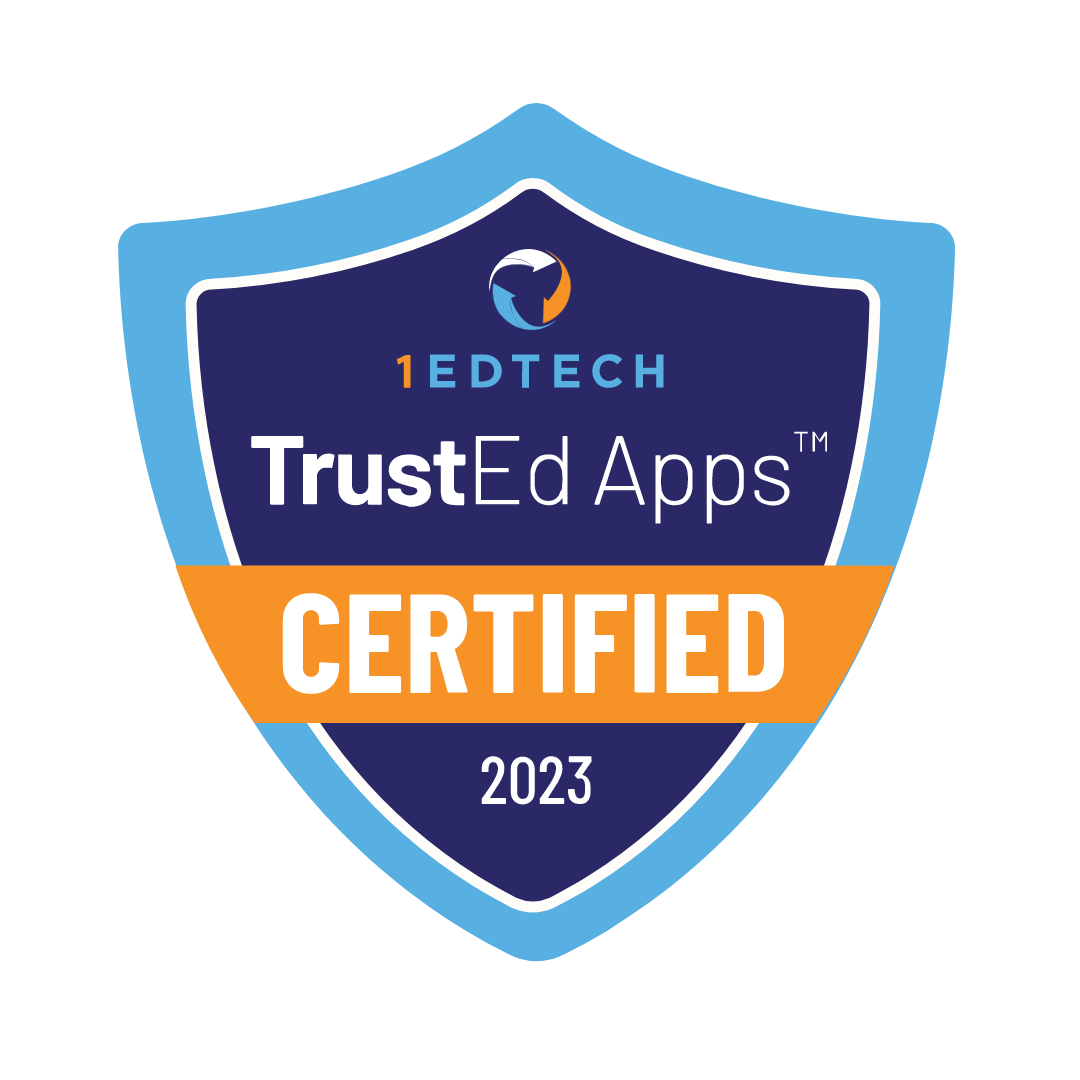Contents
School closings, virtual learning, and mask mandates caused many families to choose homeschooling in record numbers at the start of the 2020-2021 school year, according to the U.S. Census Bureau. The popularity of homeschooling continues to grow. Families can start their homeschooling journey from the very first grade.

Homeschool curriculum for first graders is a set of lessons and materials designed for teaching children just starting school at home. Parents customize the curriculum to fit their child’s learning pace and interests. We’ll explore how this curriculum works in more detail.
What Do First Graders Learn?
First graders are getting used to learning, so lessons need to be fun. Games, stories, and projects make learning exciting. Kids learn to read simple books, write sentences, and do basic math. Science teaches kids about nature and animals through simple activities. Social studies introduces their community and the world around children.
What to Look for in a First Grade Homeschool Curriculum
Let’s talk more about the subjects in a first-grade homeschool curriculum.

Math
Kids learn basic addition and subtraction with counters and visuals. Children practice counting by 1s, 5s, and 10s to build number sense. Shapes, patterns, and simple measurements make math fun. Games and practical activities keep students engaged.
Language Arts
Children start reading short books with easy words and sentences. Writing lessons teach kids letter formation, simple words, and sentences. Spelling games help kids learn new words and expand their vocabulary. Stories and rhymes make learning exciting for children.
Science
Students explore nature, animals, and weather through fun activities. Simple experiments, like planting seeds, spark children’s curiosity. Kids learn to ask questions and make observations. Science for first graders is all about discovery.

Social Studies
Kids learn about family, community helpers, and their neighborhood. Maps, directions, and simple geography introduce students to the world. Fun projects, like family trees, make lessons personal for kids. Social studies help children understand their place in the world.
Art and Music
Children express themselves through drawing, painting, and crafts. Singing songs and clapping rhythms teach kids basic music skills. Simple activities, like cutting and gluing, build motor skills. Art and music are all about creativity and fun.
Physical Education (PE)
Kids build motor skills by running, jumping, and playing fun games. Stretching and balance exercises improve children’s coordination. Group activities help children learn teamwork and sharing. PE is focused on keeping students active and happy.
Optional Subjects
Some kids start learning a new language with easy words and phrases. Basic computer lessons teach typing and using a mouse. Interactive games keep students excited about new skills. Optional subjects are a fun way for children to explore more.
Top Homeschool Curriculum Resources
Let’s look at resources to help families new to homeschooling find the right curriculum. These options offer materials for different teaching styles and learning needs.

Rainbow Resource Center
Rainbow Resource Center offers textbooks, workbooks, and practical kits for all grades and subjects. Families can find full curriculums or extra materials in one place.
Homeschool Buyers Co-op
This co-op provides discounted curriculums from top publishers. Members get deals on digital and physical resources for different subjects. It’s a budget-friendly way to access quality materials.
The Well-Trained Mind
The Well-Trained Mind focuses on classical education with literature-based guides. This resource offers structured plans for history, writing, and science. It’s great for families wanting a traditional approach.
Educational Resources Catalog by Timberdoodle
Timberdoodle offers creative, practical learning kits. The catalog includes full curriculums and fun activity-based resources. Families can pick bundles or single subjects to match their needs.
Simply Charlotte Mason
This resource provides literature-rich materials based on the Charlotte Mason method. Learn more about this method in our article. The resource includes guides for nature, art, and literature. It’s ideal for a relaxed, engaging learning style.
Engaging Activities for First Graders
First graders love engaging in activities, combining learning with fun. Reading books and making up stories help children build creativity and literacy. Math games with buttons or dice make numbers exciting for kids. Nature walks let children collect leaves and learn about plants and animals. Art projects, like finger painting or making collages, develop kids’ skills and creativity.

Supporting Social Development at Home
Helping kids build social skills at home can be fun and easy. Role-playing scenarios, like sharing toys or solving problems, teaches important skills. Playing board games with siblings or friends helps kids learn teamwork. Reading stories about friendships helps children understand empathy and relationships.
Why Do Many Families Choose Legacy Online School?
“I like everything about the lessons. And the tasks themselves, and how the teacher interacts and explains them. The main thing is that the child is happy and motivated to learn”
Parent’s review, Niche

Legacy Online School is accredited by the Western Association of Schools and Colleges (WASC).
Our teachers put their heart and soul into their work. They support students during lessons and beyond. Their goal is not just to teach the material but to help students fall in love with the learning process, which is especially important in elementary school.
Enroll at Legacy Online School to start homeschooling for your child.











